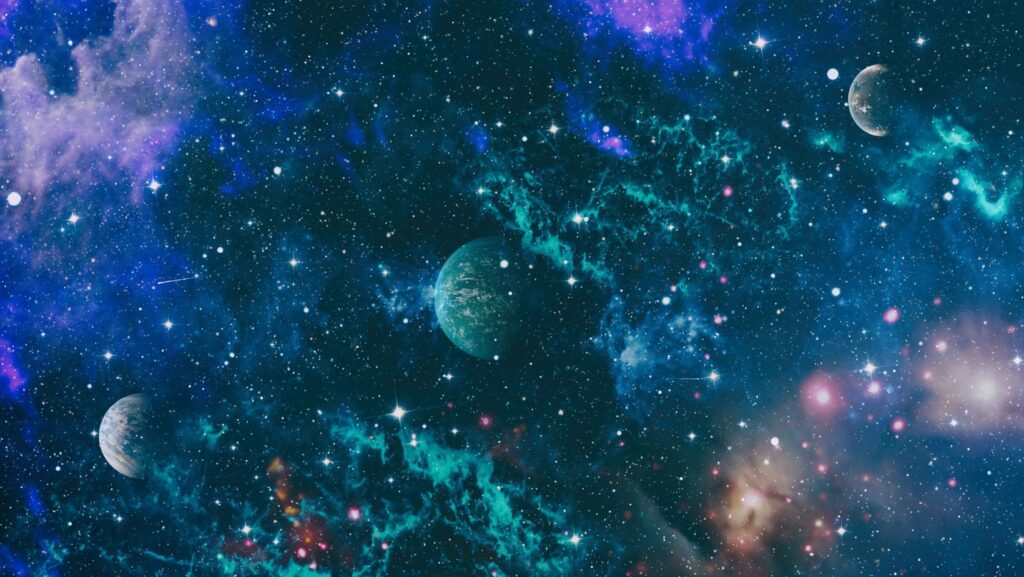Stepping into the realm of science fiction art is like embarking on a journey through boundless imagination. As an avid enthusiast of the genre, I’ve always been captivated by the fusion of futuristic concepts and artistic expression. From otherworldly landscapes to intricate spacecraft designs, science fiction art offers a glimpse into fantastical worlds limited only by the depths of creativity.
Science Fiction Art
As a sci-fi enthusiast, I am mesmerized by the captivating evolution of science fiction art over the years. Let’s delve into the distinct eras that have shaped this unique genre of artistic expression.
Golden Age of Sci-Fi: The 1930s to the 1950s
Exploring the Golden Age of sci-fi art from the 1930s to the 1950s takes me back to a time when artists envisioned fantastical worlds and futuristic technologies. It’s fascinating to see how these early pioneers ignited the imaginations of audiences with their vivid illustrations of space travel, alien civilizations, and advanced machinery. The iconic covers of pulp magazines like “Amazing Stories” and “Astounding Science Fiction” stand as testaments to the creativity and innovation of artists during this era.

The New Wave: 1960s and 1970s Experimentation
Transitioning into the New Wave period of the 1960s and 1970s, I witnessed a shift towards more experimental and avant-garde approaches to sci-fi art. This era saw artists pushing boundaries, blending surrealism, and incorporating abstract concepts into their works. The psychedelic colors, unconventional forms, and thought-provoking themes of this time reflect a deeper exploration of the human experience and the unknown realms of the universe.
Cyberpunk and Beyond: Late 20th Century to Present
In the realm of cyberpunk and beyond, spanning from the late 20th century to the present, I am drawn to the gritty, technologically-driven aesthetics that define this subgenre of science fiction art. Cyberpunk art often portrays dystopian futures, megacities teeming with neon lights, and cybernetically enhanced individuals navigating complex digital landscapes. The fusion of punk sensibilities with futuristic elements creates a visually striking and socially reflective body of work that explores the intersection of humanity, technology, and society.
Key Themes in Science Fiction Art
Space Exploration and Extraterrestrial Life

In science fiction art, depictions of space exploration and extraterrestrial life have been central themes that captivate both artists and audiences. Artists often portray vast, unknown galaxies, alien worlds, and encounters with beings from beyond our planet. The allure of exploring the cosmos and discovering life forms beyond Earth fuels the imagination of artists, leading to mesmerizing artworks that evoke a sense of wonder and possibility. By weaving together elements of curiosity, discovery, and the unknown, sci-fi artists create visual narratives that transport viewers to otherworldly realms filled with mystery and adventure.
Futuristic Cities and Technology
The portrayal of futuristic cities and advanced technology is a recurring motif in science fiction art, showcasing innovation, progress, and the evolution of society. Artists envision sprawling metropolises adorned with towering skyscrapers, flying vehicles, and holographic displays, transforming the urban landscape into a blend of functionality and aesthetic marvel. Through their artwork, sci-fi artists explore the possibilities of technological advancements, offering glimpses into a future where human civilization has seamlessly integrated with cutting-edge innovations. These imaginative depictions of futuristic cities and technology not only inspire viewers but also provoke contemplation on the impact of progress and innovation on society and the environment.
Dystopias and Utopias
In the realm of science fiction art, dystopian and utopian visions serve as poignant reflections of societal concerns, fears, and hopes. Artists delve into the darker aspects of humanity and the consequences of unchecked technological advancement in dystopian artworks, presenting grim futures plagued by oppression, environmental decay, and social unrest. Conversely, utopian artworks portray idyllic societies characterized by harmony, technological harmony, and societal progress, offering a glimpse into a world where humanity has overcome its challenges and achieved an ideal existence. Through these contrasting visions of dystopias and utopias, sci-fi artists provoke introspection, commentary, and dialogue on the trajectory of human civilization and the choices that shape our collective future.
